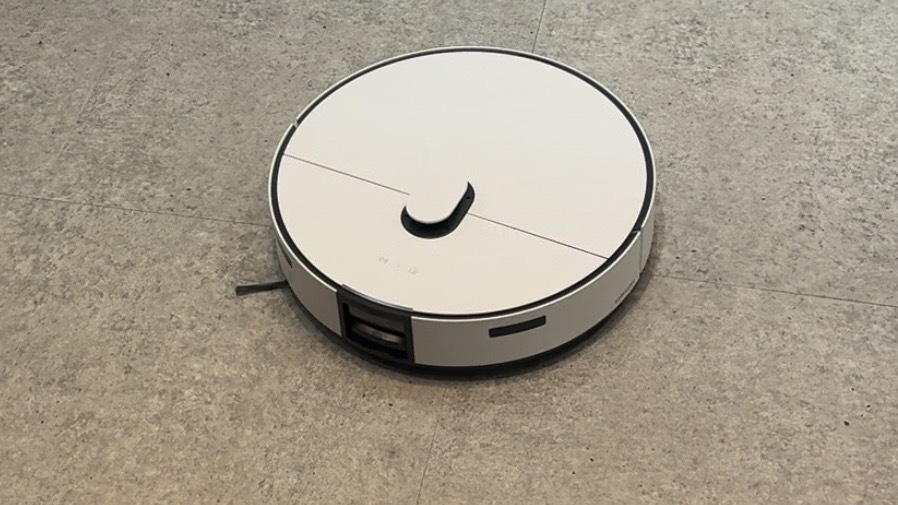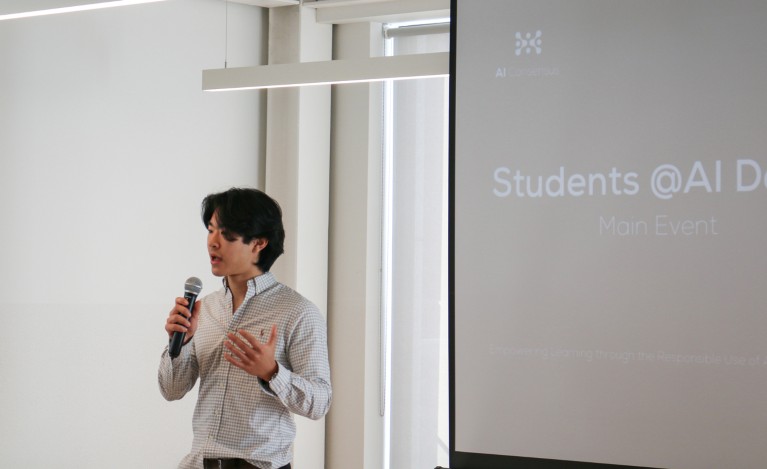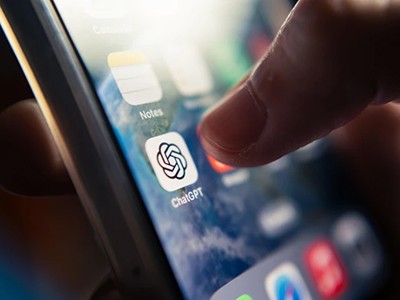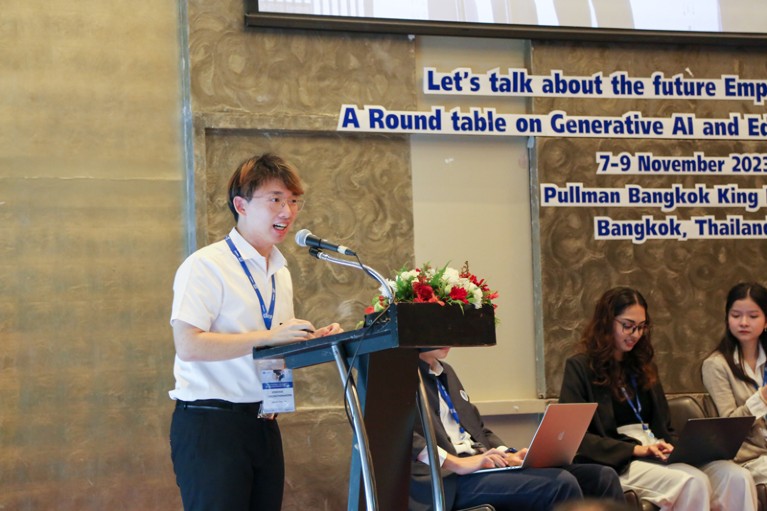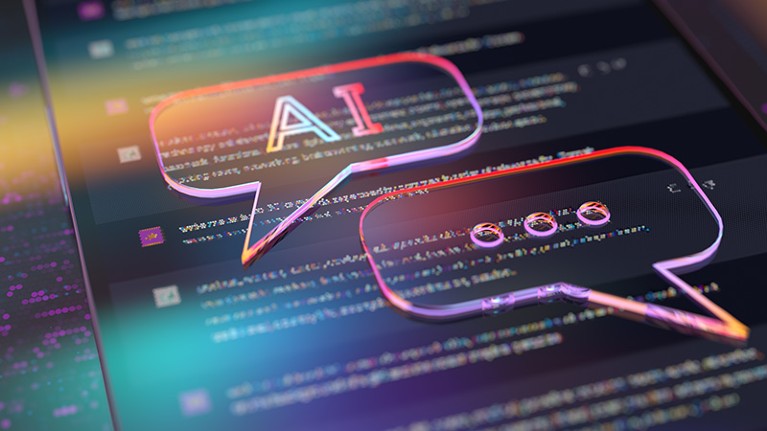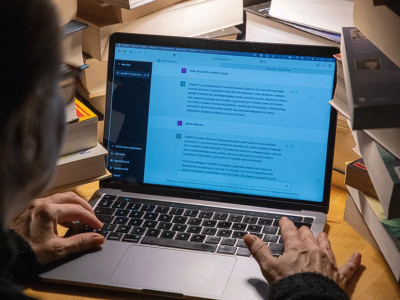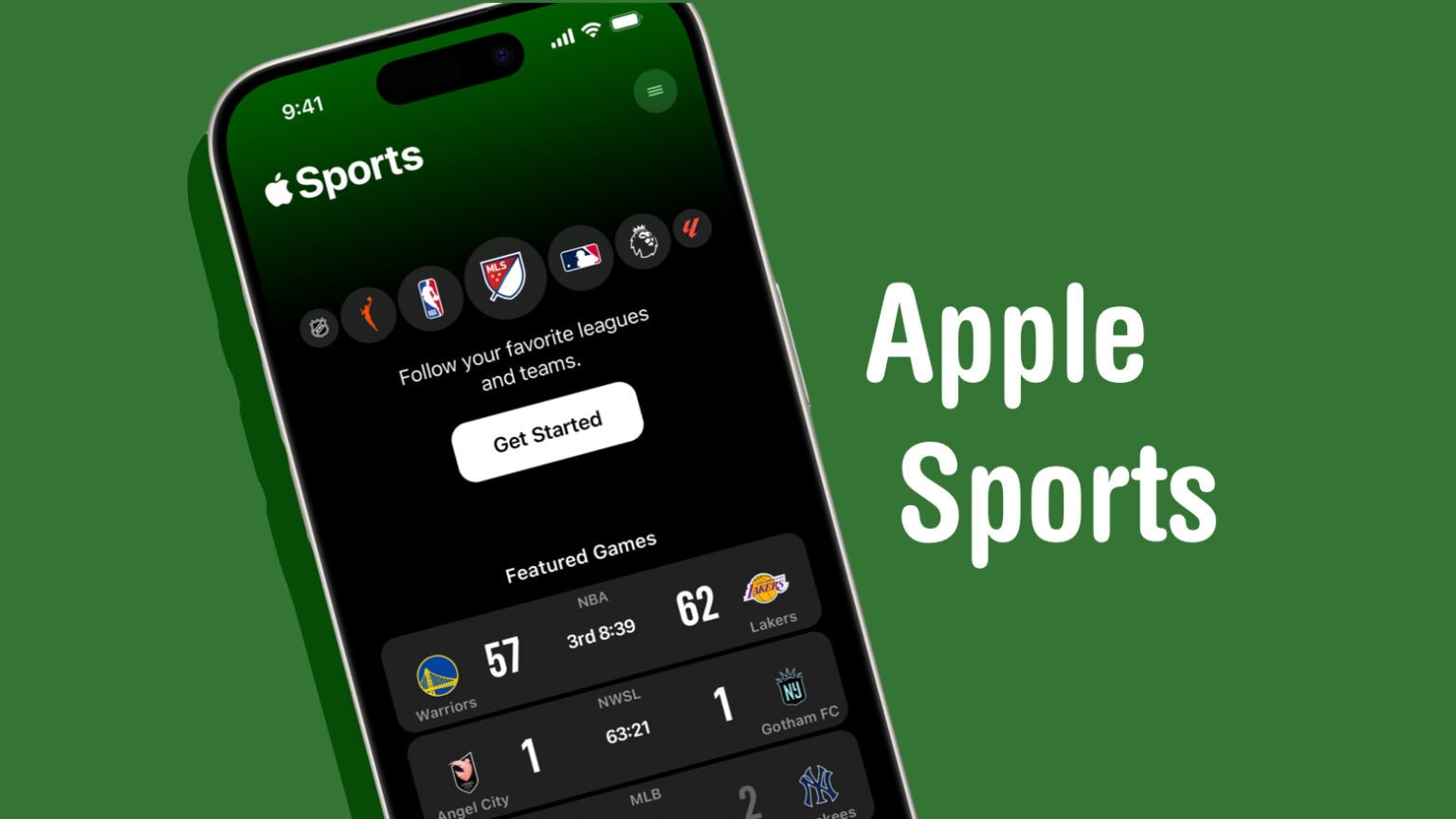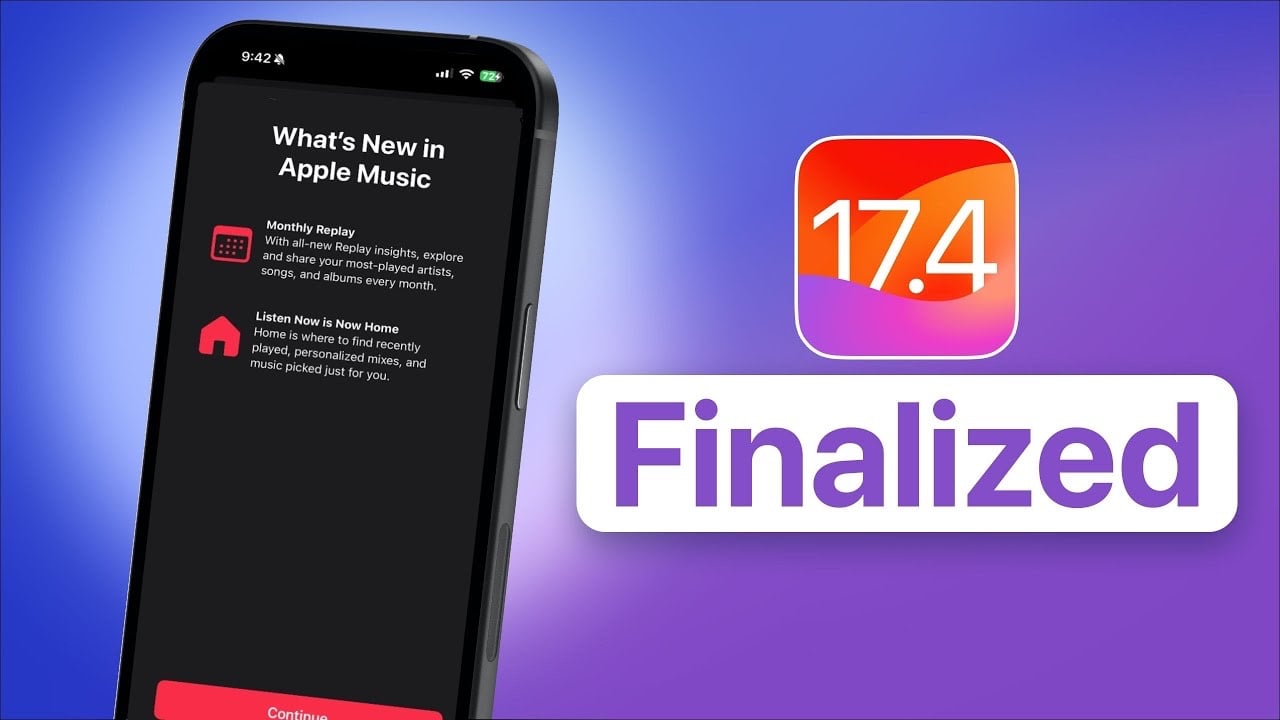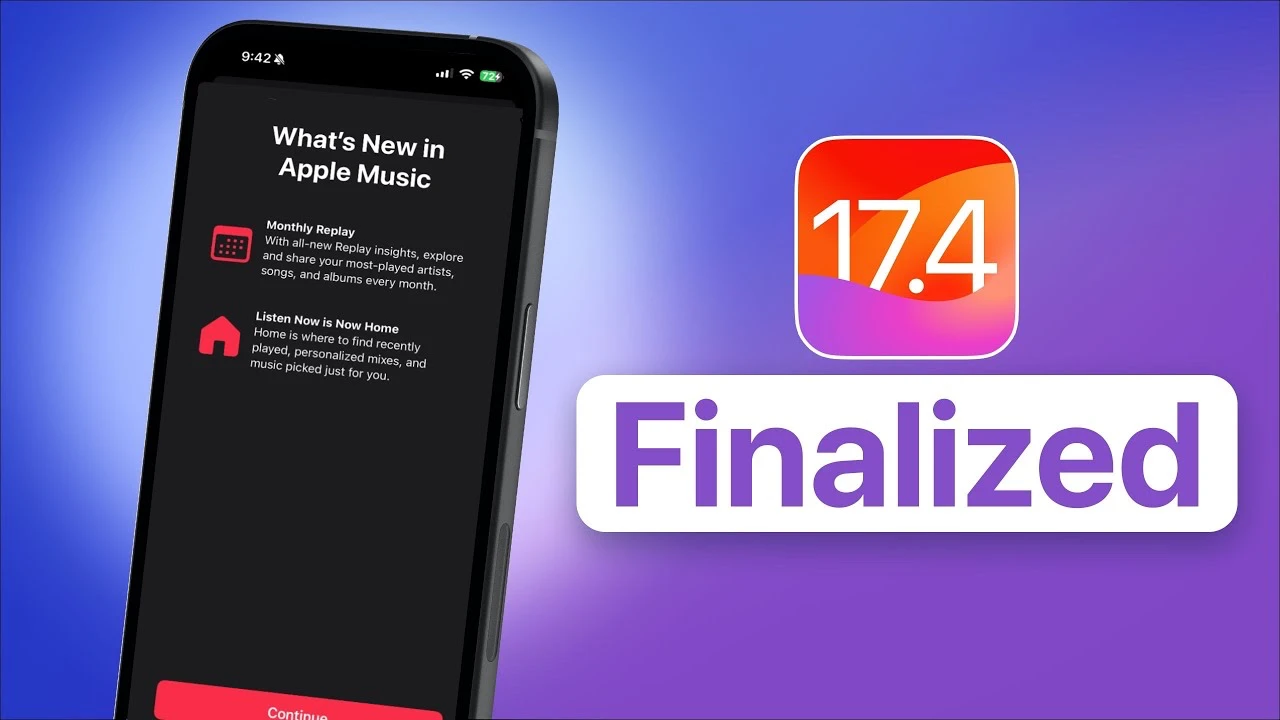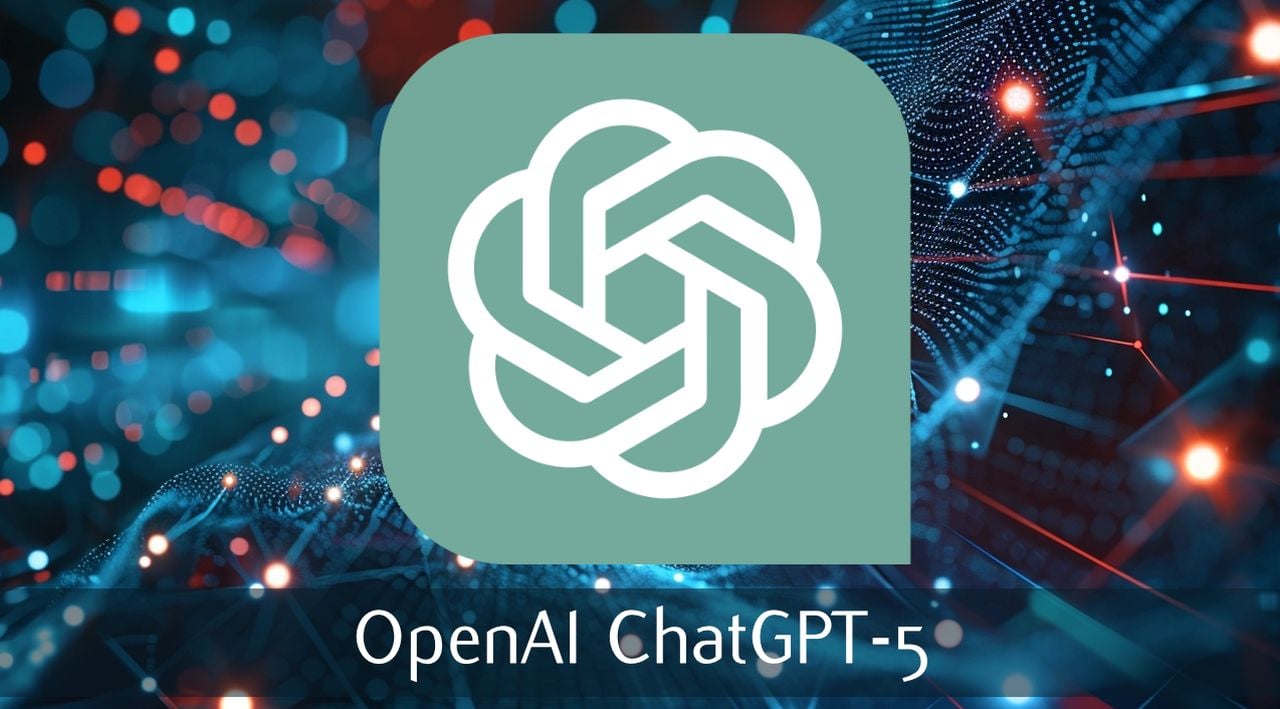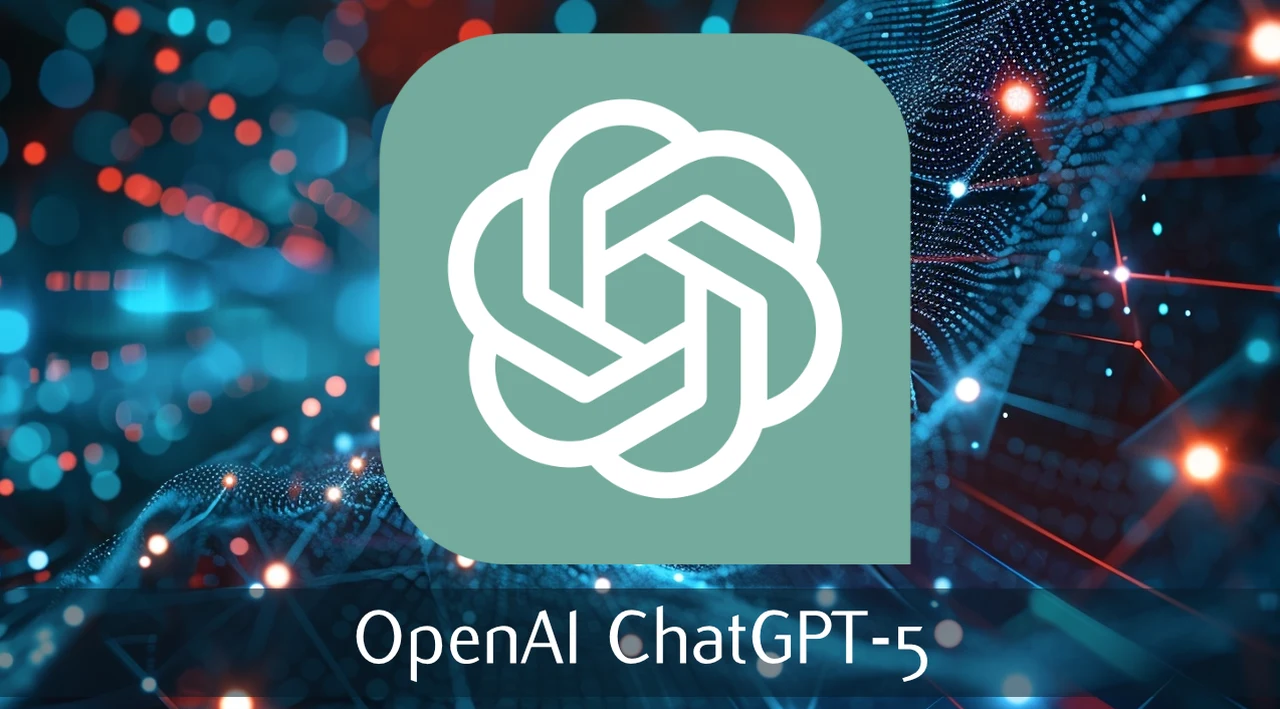[ad_1]

The term ‘Metaverse’ originated in Neal Stephenson’s 1992 novel, Snow Crash, where it depicted a virtual realm offering an escape from reality for characters. Stephenson’s visionary concept of the Metaverse has since transitioned from fiction to (virtual) reality over the past decade. Augmented and virtual reality technologies have advanced the concept of the Metaverse, now capable of manipulating the real world and immersing users in digital experiences.
This year marked Apple‘s eagerly anticipated debut into this dynamic technology with the launch of its Apple Vision Pro. Apple refers to its brand of AR and VR metaverse technology as “spatial computing”, that “seamlessly blends digital content with the physical world”, using hand and eye tracking for a fluid digital experience. The technology, coming in with a hefty price tag of $3,499, hasn’t been enough to put off Apple enthusiasts, with analysts suggesting that initial sales have been between 160,000 and 200,000.
The price tag has contributed to mixed reviews of the Apple Vision Pro, which has seen it hailed as “the best consumer headset anyone’s ever made” but also “very expensive” and “inconsistent”. While the headset is marveled as a technological breakthrough, there’s one thing that is assumed in the performance of the technology: that the network connecting it to the internet is reliable and of high performance.
For Apple’s Vision Pro and other similar devices to have mainstream usage, our foundational networks must guarantee ultra-fast, low-latency connectivity. This is essential to accommodate the significant increase in traffic and to deliver seamless immersive experiences.
International CTO, Ciena.
Reliance on connectivity
As Analysys Mason points out: “At its core, a Vision Pro could be used without internet connectivity for on-device games, content and experiences, but its primary use-case is for connected applications.” Using it without connectivity is the equivalent of using a phone, and the applications on it, without being connected to the internet.
The Apple Vision Pro is designed to be used in a “controlled environment”, so ideally at home, but there are already examples of people using it outside of the home. Features on the Apple Vision such as spatial video and spatial video capture, immersive FaceTime, and HD video playback all demand high-performance Wi-Fi connectivity – requiring fast speeds, low-latency and high-bandwidth internet connectivity, that can only be delivered by fiber broadband. Broadband speeds of 400 Mbps could be required for some AR and VR applications.
However, approximately 44% of households in the US, where the Vision Pro has been launched first, don’t have access to fiber connectivity. This would likely make this technology useless to this large swathe of the population. Currently, the Federal Communications Commission (FCC) mandates that consumers must have access to minimum actual download speeds of 25 Mbps and minimum actual upload speeds of 3 Mbps. However, this level of home network performance falls short of meeting the demands of an immersive VR environment, particularly when other devices are simultaneously in use.
In comparison, 10Gbps broadband speeds are more widely accessible across the APAC region, with fiber broadband accounts representing 85% of all residential fixed-line broadband subscriptions. This could enhance the headset’s appeal to consumers in countries such as China, India, and Korea. However, as of now, there is only speculation regarding the product’s launch timeline in these markets.
There are ongoing discussions about revising the definition of minimum broadband speeds to 100 Mbps. Nonetheless, researchers estimate that achieving the ultimate immersive media experience may necessitate anywhere between two and five Gbps, indicating that even this proposed increase may not suffice.
Connectivity for the future
CSPs are aware that they need to cater to the demands of end users who are using technology requiring high-performance internet. They are working to meet these demands, investing to make their networks faster, and smarter, as well as to bring processing closer to the end user.
At the network level, CSPs are starting to use technology such as 25G Passive Optical Network (PON) technology capable of delivering network speeds of 25 gigabits per second (Gbps) to premises. Across metro and long-haul fiber networks – those that connect data centers across or between nations – they are using introducing technology moving 1.6 terabits per second per wavelength. Networks that use this technology are built for the future, able to carry huge amounts of traffic and support gigabit speeds and low latency.
Finally, if we see demand for ‘spatial technology’ like the Apple Vision Pro grow beyond the confines of home use, then 5G connectivity for these devices will become a necessity. Apple’s headset is currently tethered to WI-FI but for AR to work out in the wild, only 5G will be able to deliver the high speeds required. 5G Standalone (SA) in particular could prove increasingly important here due to its highly reliable, low-latency connectivity. Delivering such a seamless, immersive experience on the go could prove a key driver for 5G SA adoption, which is currently more in demand for business and industry use cases rather than consumer.
The Apple Vision Pro is an exciting, well, vision, of what the future could hold for AR and VR metaverse technology. Its commercial launch is an interesting acid test not just for how ready and willing consumers are for these immersive (and, currently expensive) experiences but how ready networks are to deliver them. The hardware will improve over time, but the networks they rely on will need to keep up too, or Apple’s vision could quickly falter.
We’ve listed the best Business VR headsets.
This article was produced as part of TechRadarPro’s Expert Insights channel where we feature the best and brightest minds in the technology industry today. The views expressed here are those of the author and are not necessarily those of TechRadarPro or Future plc. If you are interested in contributing find out more here: https://www.techradar.com/news/submit-your-story-to-techradar-pro
[ad_2]
Source Article Link




